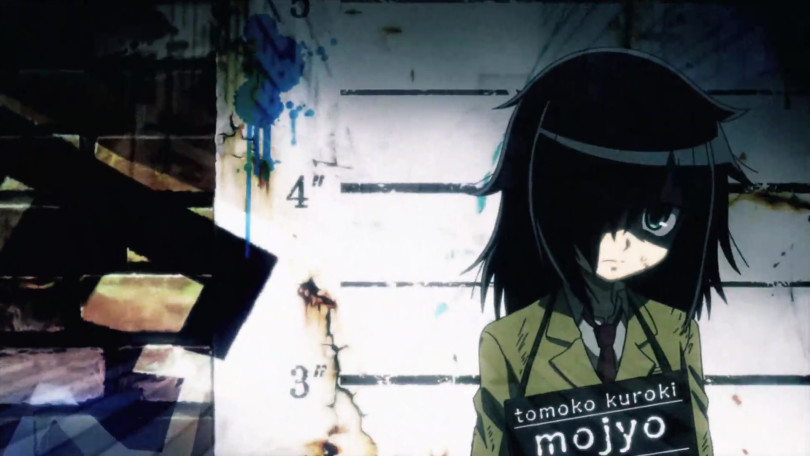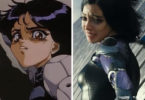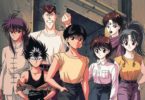No matter how I personally look at it, Watashi ga Motenai no wa Dou Kangaetemo Omaera ga Warui! (No Matter How I Look at It, It’s You Guys’ Fault I’m Not Popular!, 2013–) is deserving of worthwhile mention in any conversation concerning programming of 2013. Adapted from the work of Nico Tanigawa, WataMote (its often-preferred abbreviated form both in Japan and abroad) is a refreshingly atypical slice-of-life anime revolving around one very unpopular girl who simultaneously loathes, yet wishes to be included among, her high school peers.
While many of the buildups and gags lead up to the rewarding payoffs and generally ensuing guffaws expected of the genre, unlike many other (more popular) slice-of-life works—such as the universally beloved manga-turned-anime series Azumanga Daioh (2002)—the tone of WataMote is stark and aims for a more realistic perspective, demystifying the ‘fairy tale’ atmosphere of Japanese schools as often seems to be the impression held by many foreign spectators. The balance of dread and humor is charmingly off-putting in a contradictory way that can only be described as true to life, as the surreal and the (painfully) real collide time and again. Amidst the comic relief, however, the cynical undertones of Watamote pay subtle tribute to the likes of late Kinji Fukasaku’s masterpiece Batoru Rowaiaru (Battle Royale, 2000) with its depiction of public school as nothing short of a psychological battleground as main character Tomoko Kuroki struggles daily for survival.
Through camerawork that showcases the mundane yet crucial social rituals of students from the perspective of an outsider—namely Tomoko herself, but also incidentally us as viewers—the well-known, idealized interactions between graceful teenage protagonists we’ve all become jaded to are re-framed (or exposed, depending on your own frame of reference): not as the typical lives of ordinary students relatable on any conceivable level to the (often) introverted viewers who emulate them, but as the airbrushed, romanticized and frankly unreal dealings of the ‘popular kids’ that appear to exist in every depiction of a school hierarchy. This approach of Tanigawa’s—similar in spirit (albeit in greater depth) to works such as Yahari Ore no Seishun Rabu Kome wa Machigatteiru (My Teen Romantic Comedy SNAFU, 2013—)—is bold. It has produced work which truly goes against the grain of its viewership.
The anime adaptation utilizes an almost Brechtian approach of calling attention to itself by redefining its relationship to its constituents—specifically its demographic—insofar as it produces self-reflection on the part of its audience as an inevitable byproduct of its aforementioned re-framing of tiresome clichés and worn ‘clique-centric’ archetypes. Put simply, it casts anime, its patrons and the associated otaku culture as a whole in a different light, and not necessarily a flattering one. However, rather than being interpreted as offensive, one should read this seemingly overcritical ‘view reversal’ as simple facetiousness born out of a camaraderie of mutually shared experiences shared by the ‘unpopular’ (after all, those involved in the production of anime surely once were, and still often are, fans themselves…and likely weren’t so popular in school themselves). It’s a type of Social Convergence Theory for the anime-inclined, if you will.
Whether you remember WataMote as a savory confection with heart or merely as a collage of uncomfortable moments and pop-culture references, you’re sure to suffer from second-hand embarrassment along the way—and see more of yourself in Tomoko than you may care to admit aloud! In the greatest irony of all, unlike its brave protagonist, this former-cult-hit known in Western circles also as Unpopular Girl may end up being quite popular after all.
© 2015
Originally posted here.







